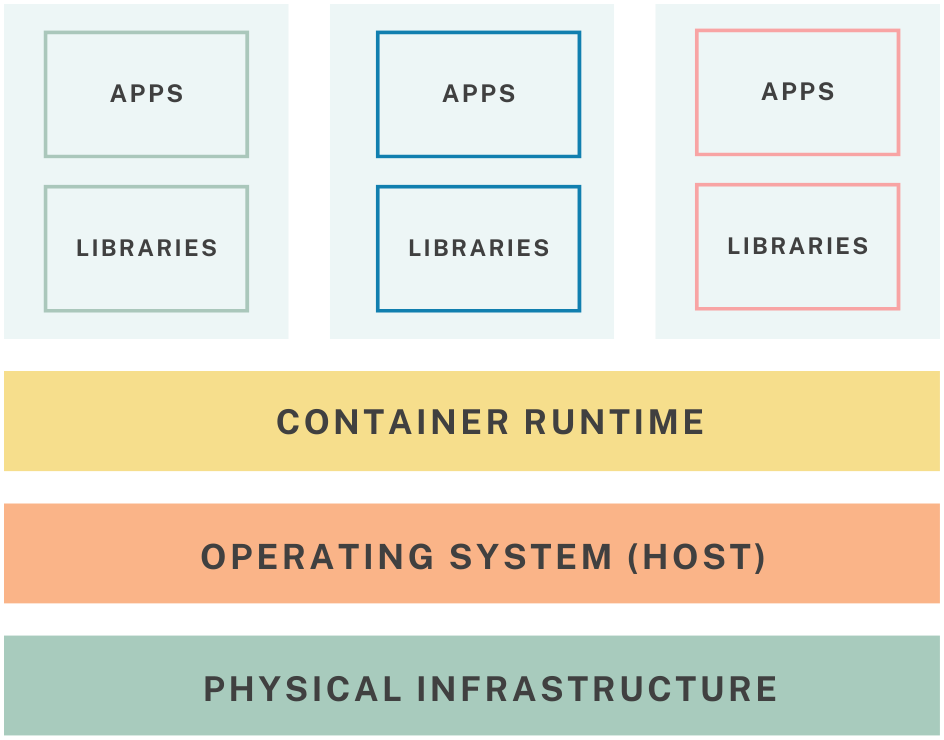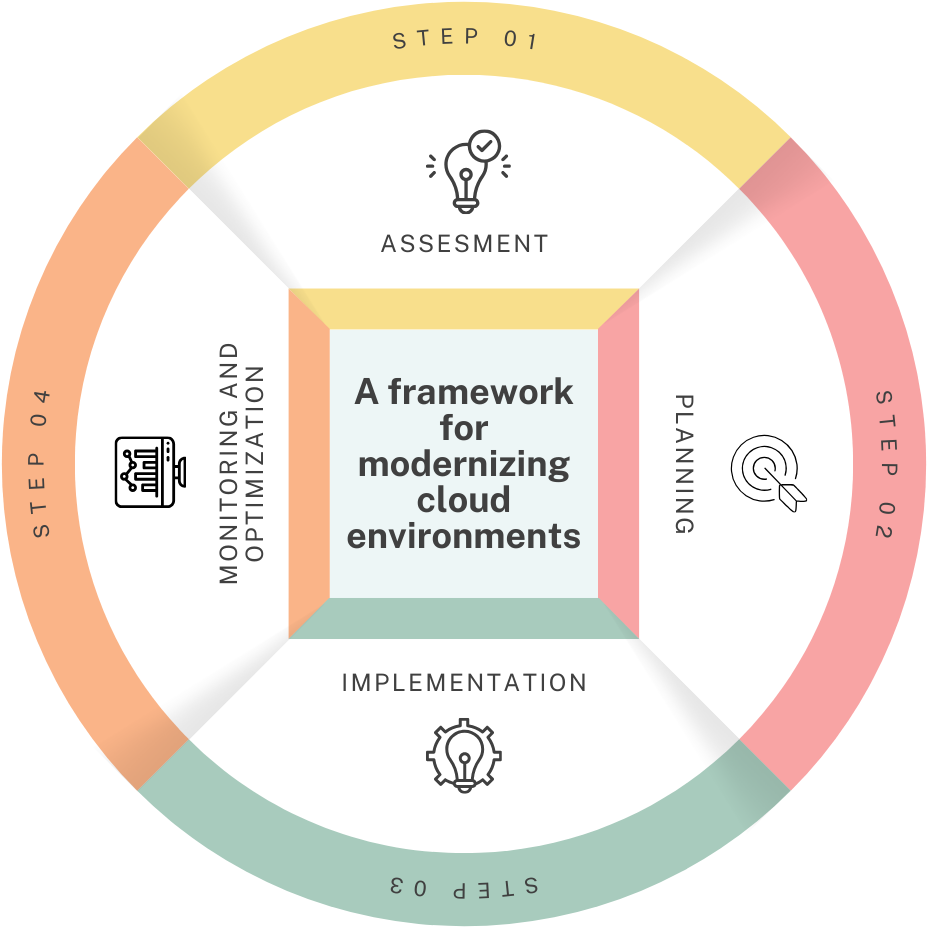Optimizing Cloud Spend in the New Era: Strategies and Frameworks for Cost Management
Effective cloud cost management is not just about cutting costs but also about optimizing cloud usage in a way that aligns with organizational goals and strategies.
Join the DZone community and get the full member experience.
Join For FreeEditor's Note: The following is an article written for and published in DZone's 2024 Trend Report, Cloud Native: Championing Cloud Development Across the SDLC.
In today's cloud computing landscape, businesses are embracing the dynamic world of hybrid and multi-cloud environments and seamlessly integrating infrastructure and services from multiple cloud vendors. This shift from a single provider is driven by the need for greater flexibility, redundancy, and the freedom to leverage the best features from each provider and create tailored solutions. Furthermore, the rise of cloud-native technologies is reshaping how we interact with the cloud. Containerization, serverless, artificial intelligence (AI), and edge computing are pushing the boundaries of what's possible, unlocking a new era of innovation and efficiency.
But with these newfound solutions comes a new responsibility: cost optimization. The complexities of hybrid and multi-cloud environments, coupled with the dynamic nature of cloud-native deployments, require a strategic approach to managing cloud costs.
This article dives into the intricacies of cloud cost management in this new era, exploring strategies, best practices, and frameworks to get the most out of your cloud investments.
The Role of Containers in Vendor Lock-In
Vendor lock-in occurs when a company becomes overly reliant on a specific cloud provider's infrastructure, services, and tools. This can have a great impact on both agility and cost. Switching to a different cloud provider can be a complex and expensive process, especially as apps become tightly coupled with the vendor's proprietary offerings. Additionally, vendor lock-in can limit you from negotiating better pricing options or accessing the latest features offered by other cloud providers.
Containers are recognized for their portability and ability to package applications for seamless deployment across different cloud environments by encapsulating an application's dependencies within a standardized container image (as seen in Figure 1). This means that you can theoretically move your containerized application from one cloud provider to another without significant code modifications. This flexibility affects greater cost control as you're able to leverage the competitive nature of the cloud landscape to negotiate the best deals for your business.
Figure 1. Containerization explained

With all that being said, complete freedom from vendor lock-in remains a myth with containers. While application code may be portable, configuration management tools, logging services, and other aspects of your infrastructure might still be tied up with the specific vendor's offerings. An approach that leverages open-source solutions whenever possible can maximize the portability effects of containers and minimize the risk of vendor lock-in.
The Importance of Cloud Cost Management
With evolving digital technologies, where startups and enterprises alike depend on cloud services for their daily operations, efficient cloud cost management is essential. To maximize the value of your cloud investment, understanding and controlling cloud costs not only prevents budget overruns but also ensures that resources are used optimally.
The first step in effective cloud cost management is understanding your cloud bill. Most cloud providers now offer detailed billing reports that break down your spending by service, resource type, and region. Familiarize yourself with these reports and identify the primary cost drivers for your environment. Common cost factors include:
- Transfer rates
- Storage needs
- Compute cycles consumed by your services
Once you have an understanding of these drivers, the next step is to identify and eliminate any cloud waste. Wasteful cloud spending is often attributed to unused or underutilized resources, which can easily happen if you leave them running overnight or on weekends, and this can significantly inflate your cloud bill. You can eliminate this waste by leveraging tools like autoscaling to automatically adjust resources based on demand.
Additionally, overprovisioning (allocating more resources than necessary) can be another really big cost driver. Practices such as rightsizing, where you adjust the scales of your cloud resources to match the demand, can lead to cost savings. Continuous monitoring and analysis of resource utilization is necessary to ensure that each service is perfectly fitted to its needs, neither over- nor under-provisioned.
Finally, most cloud providers now offer cost-saving programs that can help optimize your spending. These may include reserved instances where you get discounts for committing to a specific resource for a fixed period, or Spot instances that allow you to use unused capacity at a significantly lower price. Taking advantage of such programs requires a deep understanding of your current and projected usage to select the most beneficial option.
Effective cloud cost management is not just about cutting costs but also about optimizing cloud usage in a way that aligns with organizational goals and strategies.
Selecting the Best Cloud Options for Your Organization
As the one-size-fits-all approach doesn't really exist when working with the cloud, choosing the best options for your specific needs is paramount. Below are some strategies that can help.
Assessing Organizational Needs
A thorough assessment of your organizational needs involves analyzing your workload characteristics, scalability, and performance requirements. For example, mission-critical applications with high resource demands might need different cloud configurations than static web pages. You can evaluate your current usage patterns and future project needs using machine learning and AI.
Security and compliance needs are equally important considerations. Certain industries face regulatory requirements that can dictate data-handling and processing protocols. Identifying a cloud provider that meets these security and compliance standards is non-negotiable for protecting sensitive information.
This initial assessment will help you identify which cloud services are suitable for your business needs and implement a proactive approach to cloud cost optimization.
Evaluating Cloud Providers
Once you have a clear understanding, the next step is to compare the offerings of different cloud providers. Evaluate their services based on key metrics, such as performance, cost efficiency, and the quality of customer support. Take advantage of free trials and demos offered to test drive their services and better assess their suitability.
The final decision often comes down to one question: adopt a single- or multi-cloud strategy? Each approach offers specific advantages and disadvantages, so the optimal choice depends on specific needs and priorities. The table below compares the key features of single-cloud and multi-cloud strategies to help you make an informed decision:
Table 1. Single- vs. multi-cloud approaches
|
Feature |
Single-Cloud |
Multi-Cloud |
|
Simplicity |
Easier to manage; single point of contact |
More complex to manage; requires expertise in multiple platforms |
|
Cost |
Potentially lower costs through volume discounts |
May offer lower costs overall by leveraging the best pricing models from different providers |
|
Vendor lock-in |
High; limited flexibility to switch providers |
Low; greater freedom to choose and switch providers |
|
Performance |
Consistent performance if the provider is chosen well |
May require optimization for performance across different cloud environments |
|
Security |
Easier to implement and maintain consistent security policies |
Requires stronger security governance to manage data across multiple environments |
|
Compliance |
Easier to comply with regulations if provider offerings align with needs |
May require additional effort to ensure compliance across different providers |
|
Scalability |
Scalable within the chosen provider's ecosystem |
Offers greater horizontal scaling potential by leveraging resources from multiple providers |
|
Innovation |
Limited to innovations offered by the chosen provider |
Access to a wider range of innovations and features from multiple providers |
Modernizing Cloud Tools and Architectures
Having selected the right cloud options and established a solid foundation for cloud cost management, you need to ensure your cloud environment is optimized for efficiency and cost control. This requires a proactive approach that continuously evaluates and modernizes your cloud tools and architectures.
Here, we introduce a practical framework for cloud modernization and continuous optimization:
- Assessment – Analyze your current cloud usage using cost management platforms and identify inefficiencies and opportunities for cost reduction. Pinpoint idle or underutilized resources that can be scaled down or eliminated.
- Planning – Armed with these insights, define clear goals and objectives for your efforts. These goals might include reducing overall cloud costs by a specific percentage, optimizing resource utilization, or improving scalability. Once you establish your goals, choose the right optimization strategies that will help you achieve them.
- Implementation – Now is time to put your plan into action. This can mean implementing cost-saving measures like autoscaling, which automatically adjusts your resources based on demand. Cloud cost management platforms can also play a crucial role in providing real-time visibility and automated optimization recommendations.
- Monitoring and optimization – Cloud modernization is an ongoing process that requires continuous monitoring and improvement. Regularly review your performance metrics, cloud costs, and resource utilization metrics to adapt your strategies as needed.
Figure 2. A framework for modernizing cloud environments

By following this framework, you can systematically improve your cloud environment and make sure it remains cost effective.
Conclusion
Cloud technologies offer a lot of benefits for businesses of all sizes. However, without a strategic approach to cost management, these benefits can be overshadowed by unexpected expenses. By following the best practices in this article, from understanding your cloud requirements and selecting the best cloud option to adopting continuous optimization for your tools and architectures, you can ensure your cloud journey is under financial control.
Looking ahead, the future of cloud computing looks exciting as serverless, AI, and edge computing promise to unlock even greater agility, scalability, and efficiency. Staying informed about these advancements, new pricing models, and emerging tools will be really important to maximize the value of your cloud investment.
Cost optimization is not a one-time endeavor but an ongoing process that requires continuous monitoring, adaptation, and a commitment to extract the most value out of your cloud resources.
This is an excerpt from DZone's 2024 Trend Report, Cloud Native: Championing Cloud Development Across the SDLC.
Read the Free Report
Opinions expressed by DZone contributors are their own.

Comments